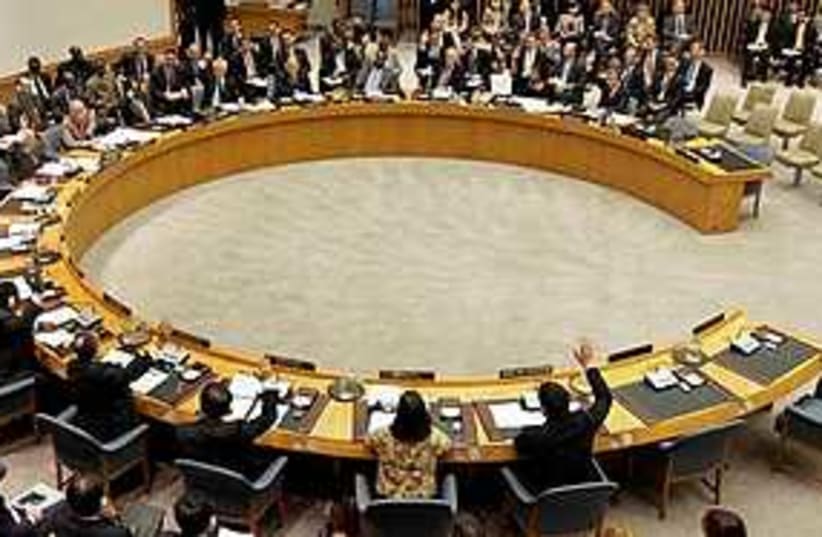Ephraim Asculai worked at the Israel Atomic Energy Commission for more than 40 years, and has been a Senior Research Associate at the Institute for National Security Studies since 2002.
Emily Landau is Senior Research Fellow and Director, Arms Control and Regional Security Program at INSS
